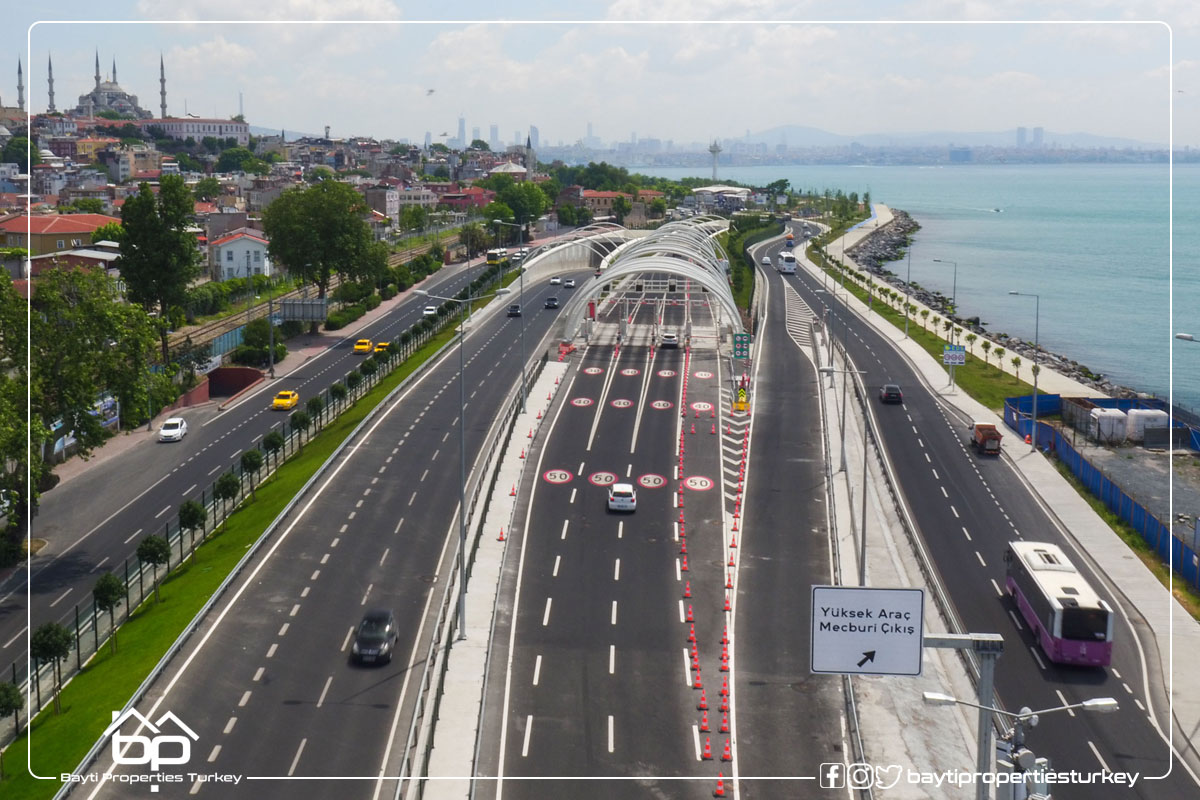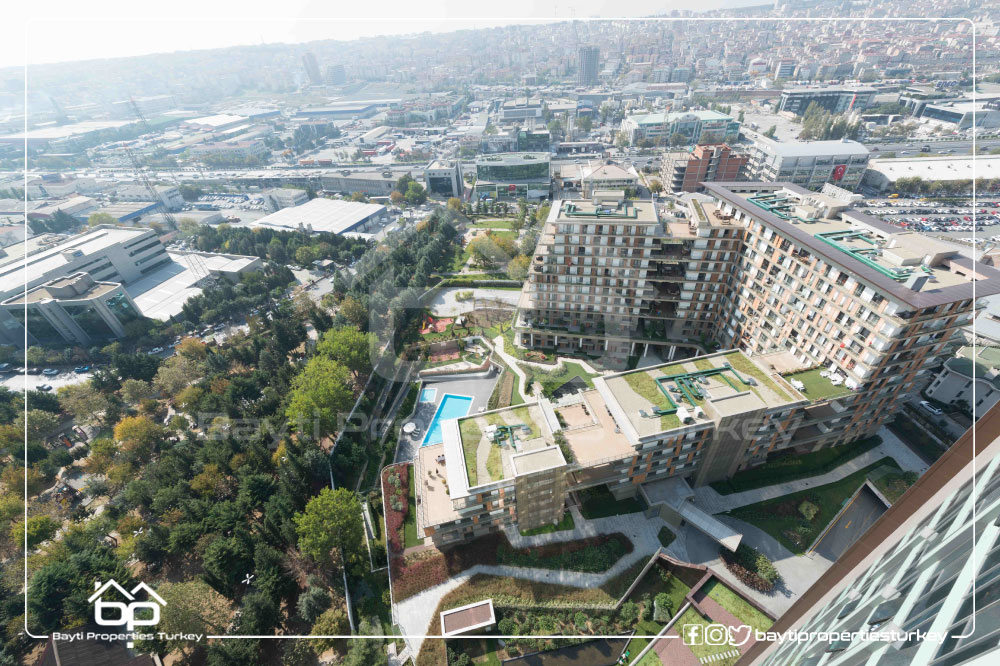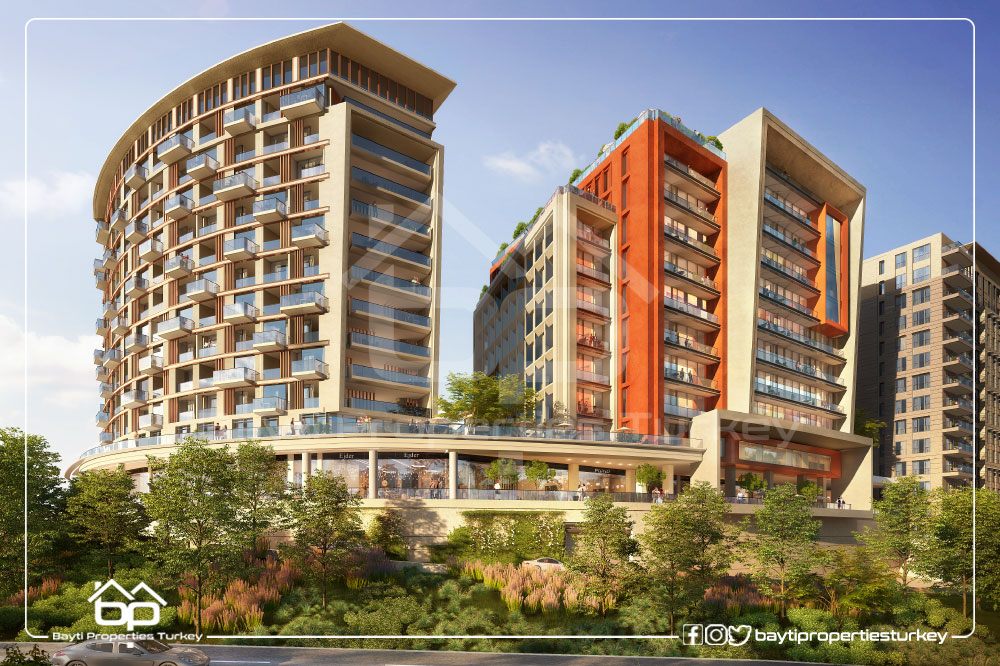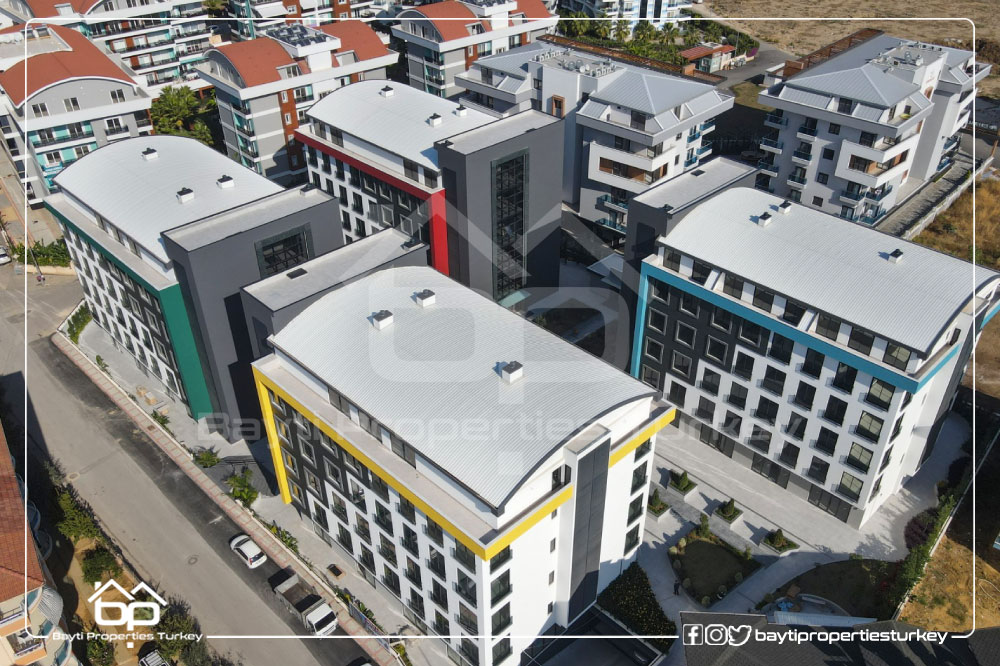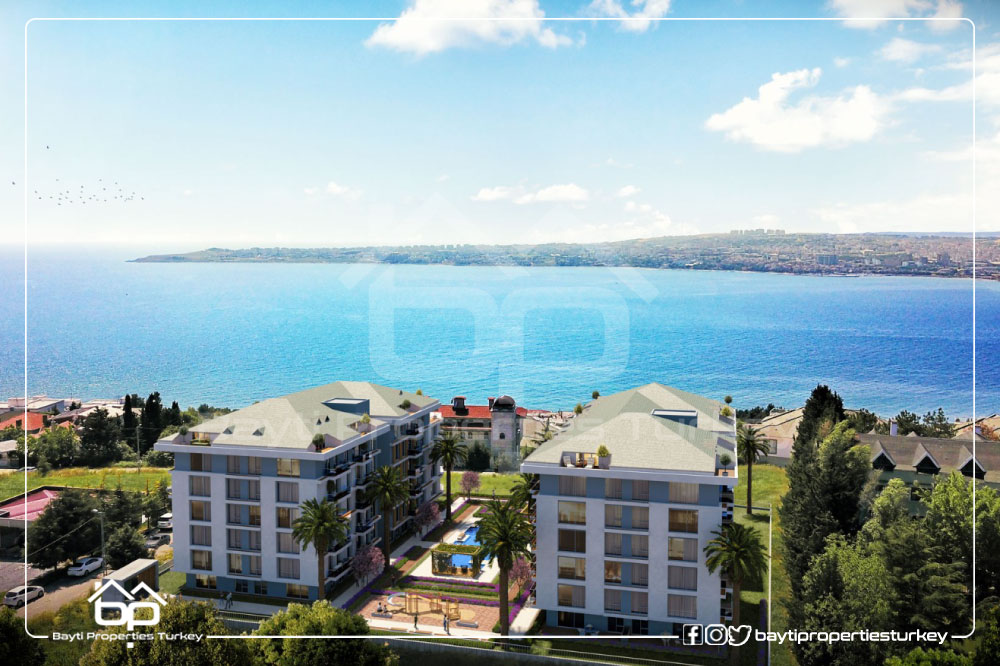All about infrastructure projects in Istanbul until today
Turkey is one of the first real estate investment destinations in the world because of its strong and advanced infrastructure, capable of keeping pace with modern technologies. At the level of Istanbul alone, we find one of the largest airports in the world, the most important medical centers in Europe, one of the longest suspension bridges in the world, As well as the facilities of the educational and scientific sector, the communications sector, and services, including water and sewage, in addition to utilities, parks, and the transportation network spread throughout the city.
The development of infrastructure projects in recent years in Istanbul:
The Turkish government’s interest in infrastructure projects has increased. The public sector has implemented a number of mega projects, and encouraged the private sector to participate in the infrastructure development process. It has also been directed towards extracting underground resources, which led to the rapid growth of the economy, attracting the attention of investors from Arab and Western countries.
What are the most important infrastructure projects in Istanbul?
Important and quality projects are widely spread in Istanbul, but we can mention a number of them, for example, but not limited to: Istanbul Airport, which is one of the largest airports in the world, the Eurasia Tunnel that connects Asia and Europe, Yavuz Selim Sultan Bridge, the medical city located in Basaksehir, Istanbul Global Financial Investment Center and the new Istanbul Water Canal.
Roads and Transportation Projects
Roads:
Economic and social development is greatly affected by the presence of land roads in general and highways in particular, as they are considered arteries and connect regions to each other, facilitating the movement of trade and tourism.
The highways in Turkey have witnessed a renaissance in terms of construction and development, as it is characterized by a safe design with levelness in the track and the appropriate width that ensures the passage of a good number of vehicles on the road, as well as the completion of suspension bridges at straits, and the construction of land and sea tunnels, And all this according to the safest and most pompous roads standards that befit this strategic city.
Airports:
- Istanbul International Airport: Istanbul International Airport is one of the largest international airports around the world with an estimated value of $6.4 billion and occupies a prominent position among the top 10 airports. It is one of the most densely packed airports with a capacity of 250 million passengers annually, Its construction was completed in 2019 in the month of April and it is located in the “Arnavutkoy” area, on the European side of Istanbul, and it is estimated to be fully opened in 2023.
- Sabiha Gokcen Airport: It was opened in 2001 and renovated in 2008 and receives 3 million visitors annually. It was built on the Asian side, which serves the city of Istanbul at the tourist and service level, as many travelers prefer to come to this airport due to the lack of congestion, good services, and permanent offers on tickets.
tunnels:
In order to develop the transportation and infrastructure sector, an estimated 567 km were dug underground at an estimated cost of $4 billion, according to data and figures from the previous year’s statistics. In the past year, 12 tunnels were opened, with a total length of 23 km.
Statistics indicate that there are 370 tunnels, and the Turkish government aims to dig a network of 470 tunnels with a length of 647 km by 2023.
Perhaps the most important tunnel project in Turkey and in Istanbul in particular is the Eurasia Tunnel, which connects the Asian and European sections of Istanbul across the seabed.
It was officially opened in 2016, with a height of 14 meters and a length of 14.6 km, of which 3.4 km is under the bottom of the Bosphorus Strait. It can receive 120,000 cars per day, in addition to being equipped with an earthquake-resistant mechanism that facilitates the process of absorbing the earthquake as much as possible so that it does not pose a danger to the traffic inside it.

